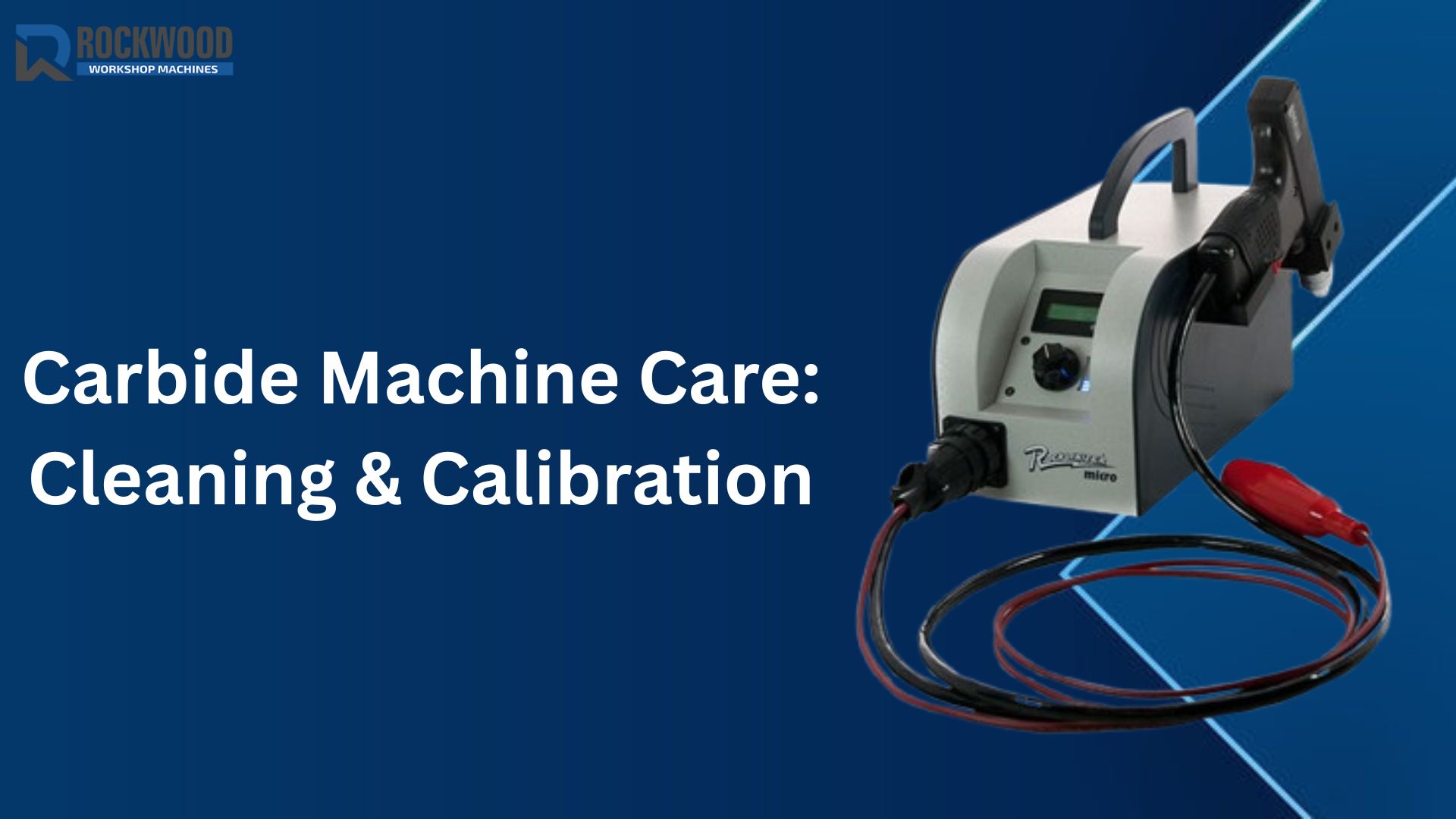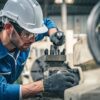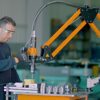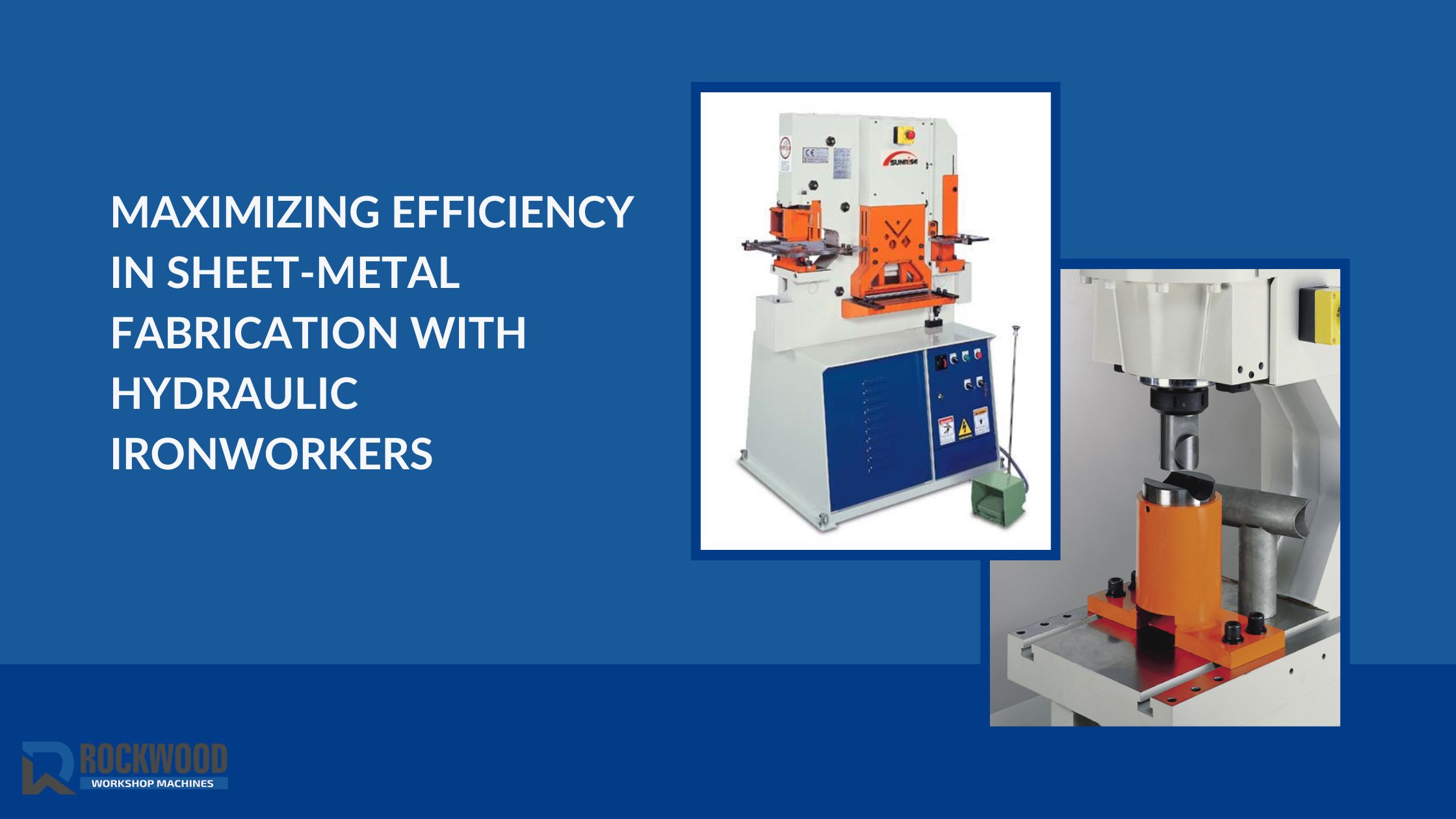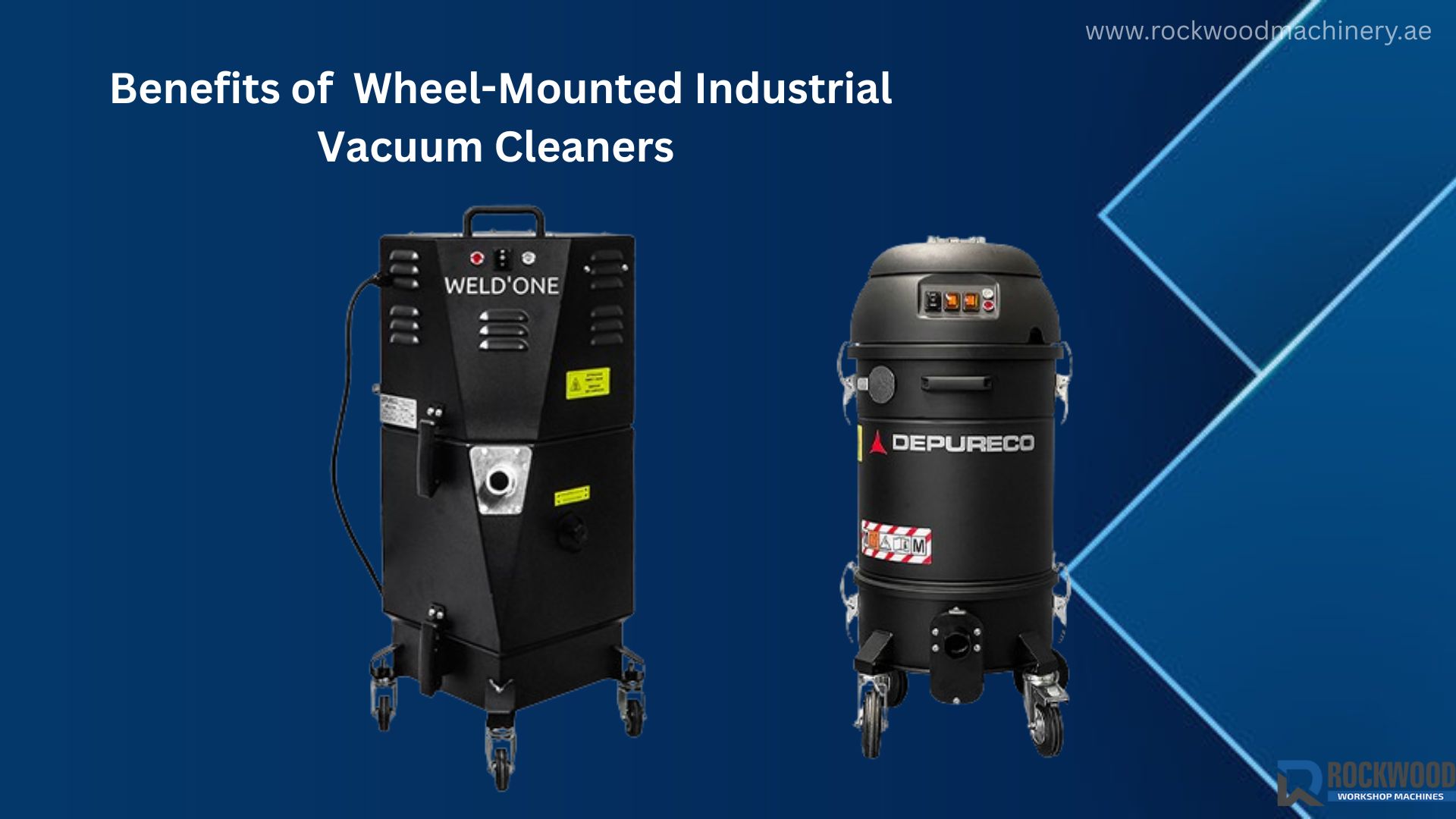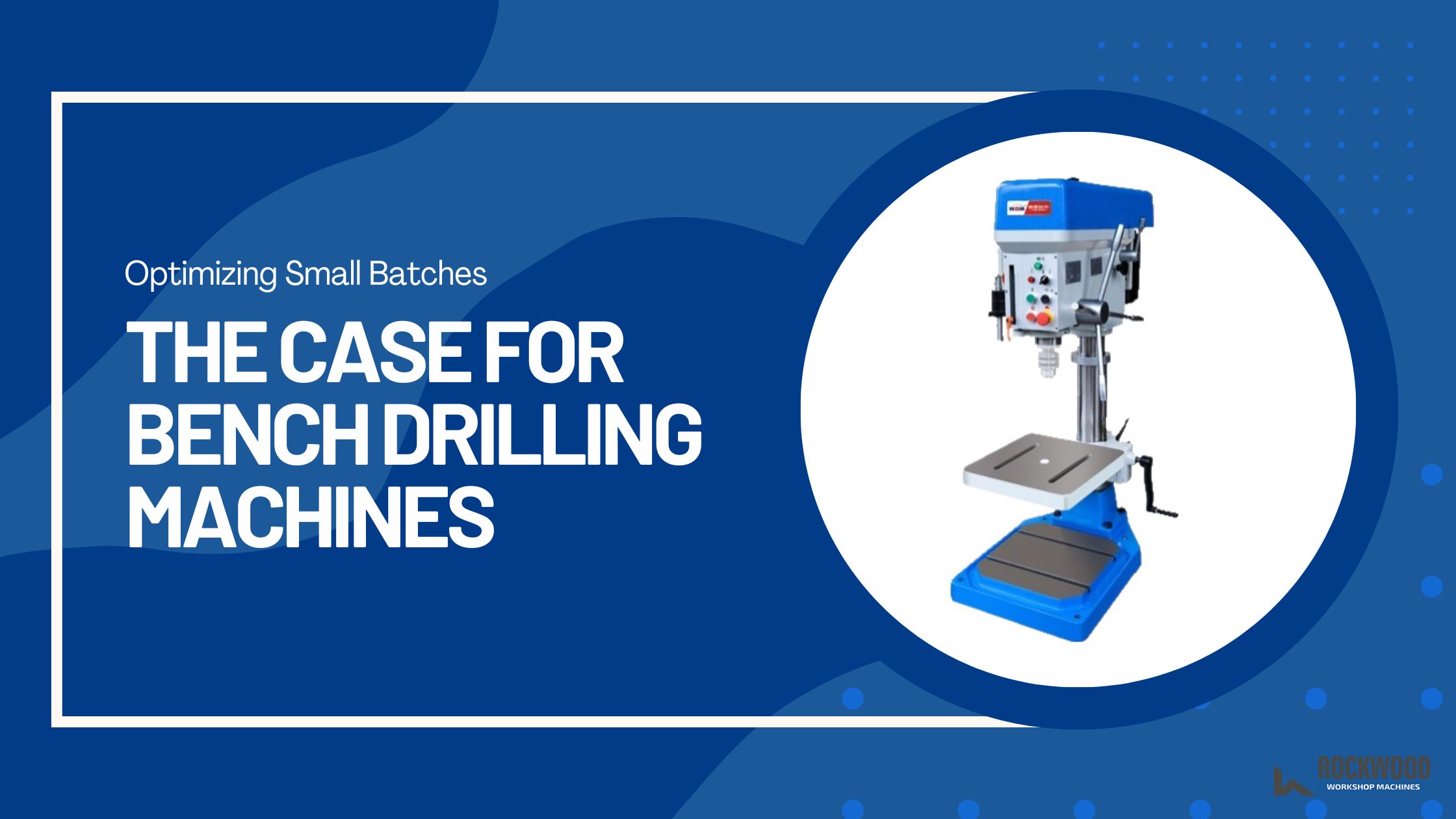Maximizing Carbide Application Machine Lifespan: Cleaning & Calibration Tips
Carbide application machines can be the quiet workhorses in many workshops. They are precision machines that are working overtime every day, producing solid and consistent results. Machines like this seem almost alive and demand attentive care. For them to work smoothly, you must pay attention to maintenance.
If you plan to invest in carbide application equipment, take precautions to protect that investment. Two essential, yet simple, maintenance habits are regular cleaning and proper calibration. If you don’t adhere to these habits, you will start to see issues like poor accuracy, increased wear on parts, or even unplanned downtime.
Now we will share some simple tips, practical guidance to maintain your equipment. The goal is simple: keep your machine performing its best for many years.
Why It’s Worth the Trouble
The cost of extended use of your carbide application machine is not solely monetary; it is about preserving the professional image of your workshop. A machine that is dirty and/or out of alignment can waste the material and create inconsistent finishes, ultimately leaving unhappy customers.
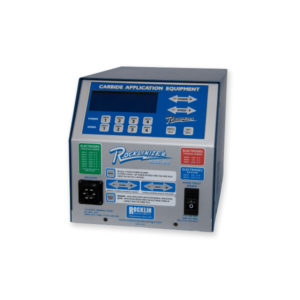
The good part is that a straightforward process can keep your machines operating at their best and save costly repairs or replacements later on.
1. Cleaning Process — The first step to long-term use
Remove the Surface Contamination Daily
At the end of each work shift, take a moment to clean off accessible surfaces with your soft, lint-free cloth. If necessary, apply a mild cleaner that is safe on metal components, while avoiding harsh cleaners that may be harmful to your machine’s surfaces — in general, avoid anything abrasive.
Remove the Obvious Contamination
Dust, chips, and small pieces of metal debris can find their way into recesses, bearings, and guides. A quick shot of compressed air should also help; however, avoid cranking up the pressure as you may push the debris further into a sensitive area.
Clean Before You Lubricate
Lubrication is essential, but never apply it over dirt or dust. That just traps the debris in place, which can grind away at moving parts over time.
Keep Moisture Away
Moisture can lead to rust, corrosion, and even calibration issues. Make sure your machine is completely dry after cleaning, and if your workshop is humid, consider a dehumidifier to protect your investment.
2. Calibration — Keeping Accuracy on Point
Even the most robust carbide machines can slowly lose precision with use. That’s where calibration comes in — it ensures every cut, grind, or application is spot-on.
Follow the Manufacturer’s Schedule
Check your machine’s manual for recommended calibration intervals. Depending on how much you use it, you might need to check the alignment on it each month or quarterly.
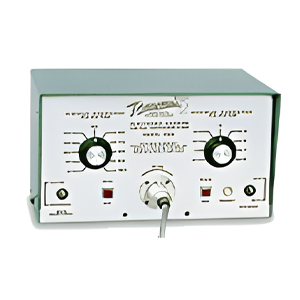
Use the Right Tools
When calibrating, it is important to use reliable measuring tools like dial indicators, micrometers, or a laser alignment device. Taking a guess could yield an alignment error of such that will become compounded laboriously down the road.
Pay Attention to Spindle Alignment & Pressure
The spindle is the heart of the machine in many carbide applications, and at the very least, a poorly aligned spindle is not going to stop wear, even if it is within tolerance levels, although it will produce less than desirable work quality for your efforts. Use care at the angle, speed, and pressure.
Don’t Forget Digital Calibration
If your machine includes built-in software for alignment and diagnostics, use it. If applicable, ensure the firmware is up to date and make checking it periodically a priority to remedy small issues over larger repairs.
3. Why Cleaning and Calibration Work Best Together
Cleaning and calibration go hand in hand. A dirty machine can’t be calibrated accurately, and a poorly calibrated machine will wear itself out faster — even if it’s spotless.
To get the best results:
- Always clean before calibrating so dust or debris doesn’t throw off your measurements.
- Maintain a record of all work completed and the dates it was done—it makes troubleshooting much easier.
- Train your team so everyone understands the basics of both cleaning and calibration.
4. A Few Additional Tips to Increase Lifespan
- Use quality accessories and carbide tips to control vibration and precision.
- Try to keep your machine out of direct sunlight or excessive heat so it won’t change calibration.
- Change worn parts while they’re still functioning, rather than waiting for a failure to occur.
- Check your electrical connections routinely so that it is clean and secure.
The Benefit
Machines that are taken care of are not just longer lasting – they are more efficient. You’ll see fewer problems, more consistent results, and less worry in tight situations. Furthermore, regular maintenance means you can count on the precision of your machine on every production run.
Final Thoughts
Making time to clean and calibrate your carbide application machine is a little effort with a big payoff. You can create the conditions to build the habit of maintaining clean and calibrated machines to help preserve the life of your equipment and the productive capacity of your workshop. For those in the UAE looking for a trusted workshop equipment provider, Rockwood Workshop Machines offers dependable solutions to match your professional needs.
To read more, click here: 7-Step Seasonal Maintenance Checklist for Workshop Tools in Hot Climates

